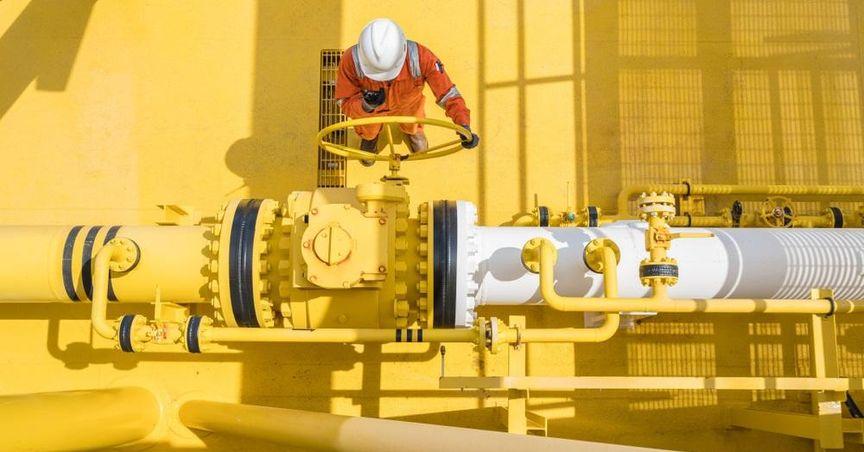Highlights:
AltaGas is listed on the S&P/TSX Composite Index (TXCX) and operates in the Canadian utilities sector.
Financials show elevated debt levels compared to available cash reserves.
Operational cash flow remains a significant factor in managing the company’s balance sheet.
AltaGas (TSX:ALA), a company operating in the Canadian utilities sector, is listed on the S&P/TSX Composite Index (TXCX). Its business focuses on energy infrastructure, including natural gas utilities and midstream operations across North America. The company plays a significant role in providing essential energy services, with regulated utility assets and a portfolio that spans energy delivery and processing.
Balance Sheet Overview
The company’s balance sheet reflects a capital structure with a mix of debt and equity. Total liabilities surpass the available cash reserves, resulting in a higher leverage position. While such financial positioning is common within capital-intensive sectors like utilities, the metrics reflect a reliance on sustained cash flow to support ongoing operations and service obligations.
Debt and Cash Flow Relationship
AltaGas relies on operational cash flow to support financial activities and obligations. Cash generation through regulated utility operations and midstream services provides the basis for funding debt servicing and reinvestment. While current debt levels are elevated, consistent revenue streams from regulated assets help balance ongoing financial commitments.
Interest Coverage and Financial Flexibility
The ability to meet interest obligations is influenced by earnings generated through core business segments. Interest coverage metrics are shaped by income from utility operations and infrastructure services. These earnings play a central role in ensuring the company maintains financial continuity despite a higher debt structure.
Asset Position and Liabilities
The company maintains a diverse asset base, including utility infrastructure and midstream facilities. Asset valuations and equity levels contribute to the overall capital structure. Despite higher liabilities, the value of tangible and regulated assets contributes to maintaining the balance between obligations and financial resources available on the balance sheet.


